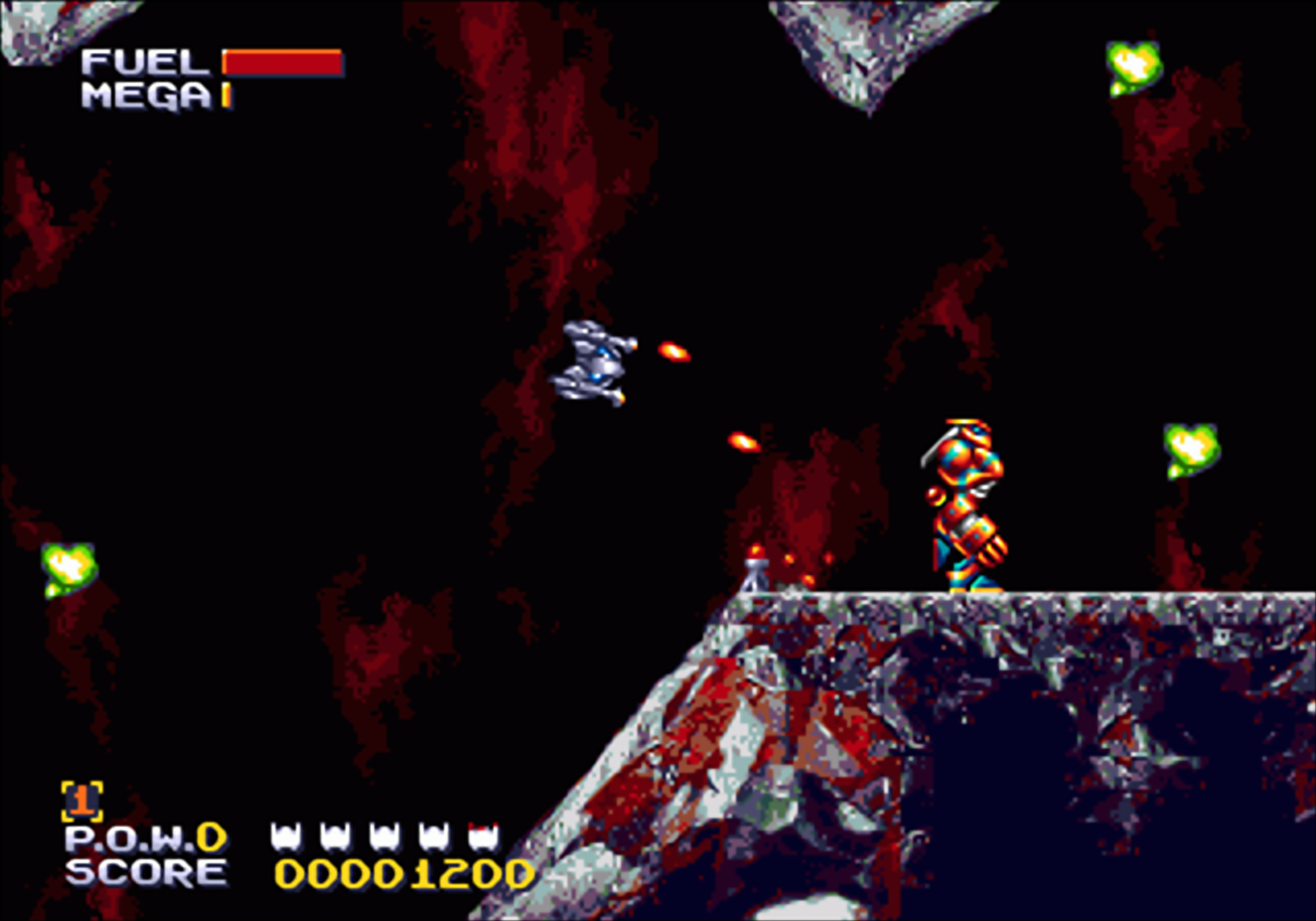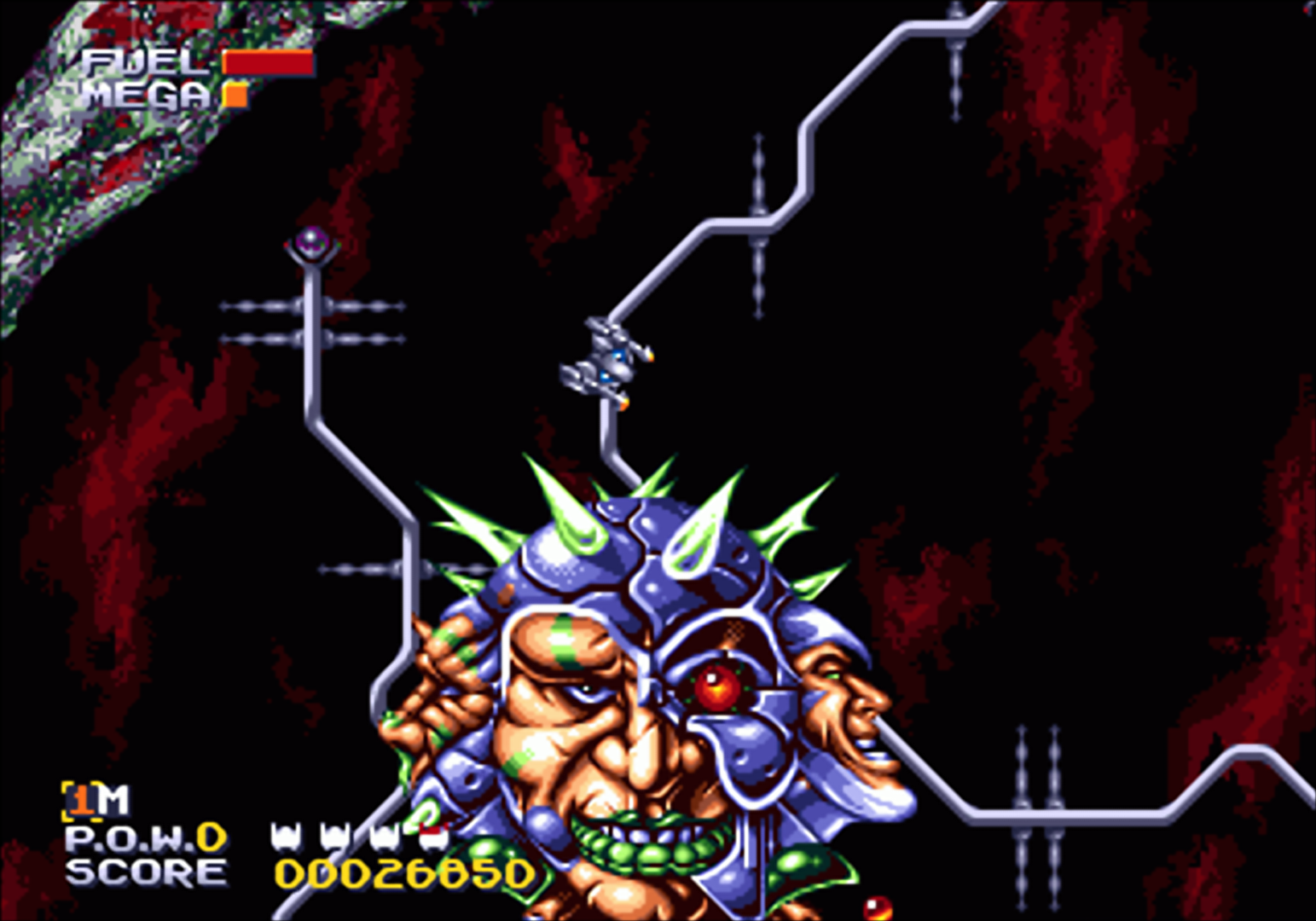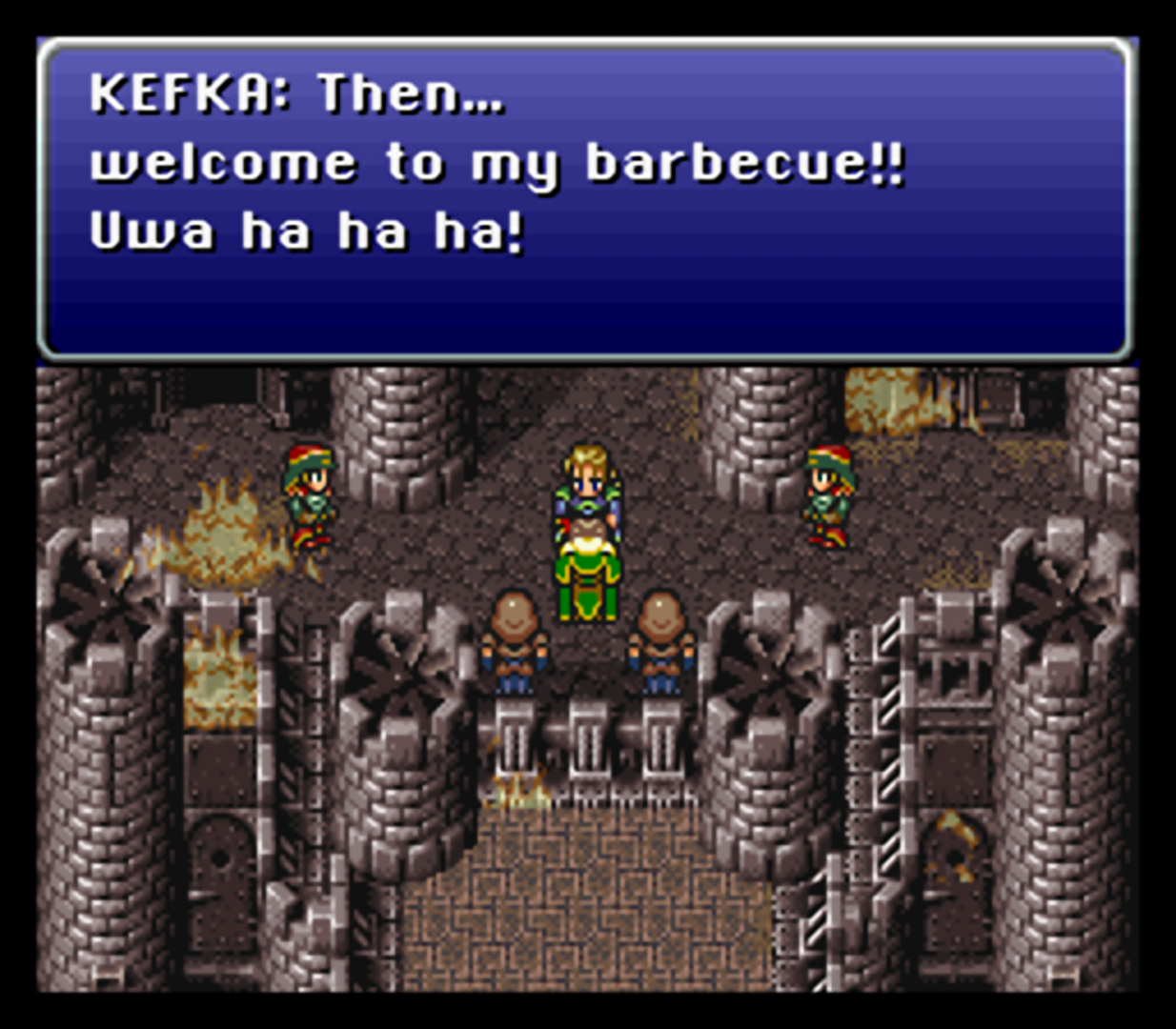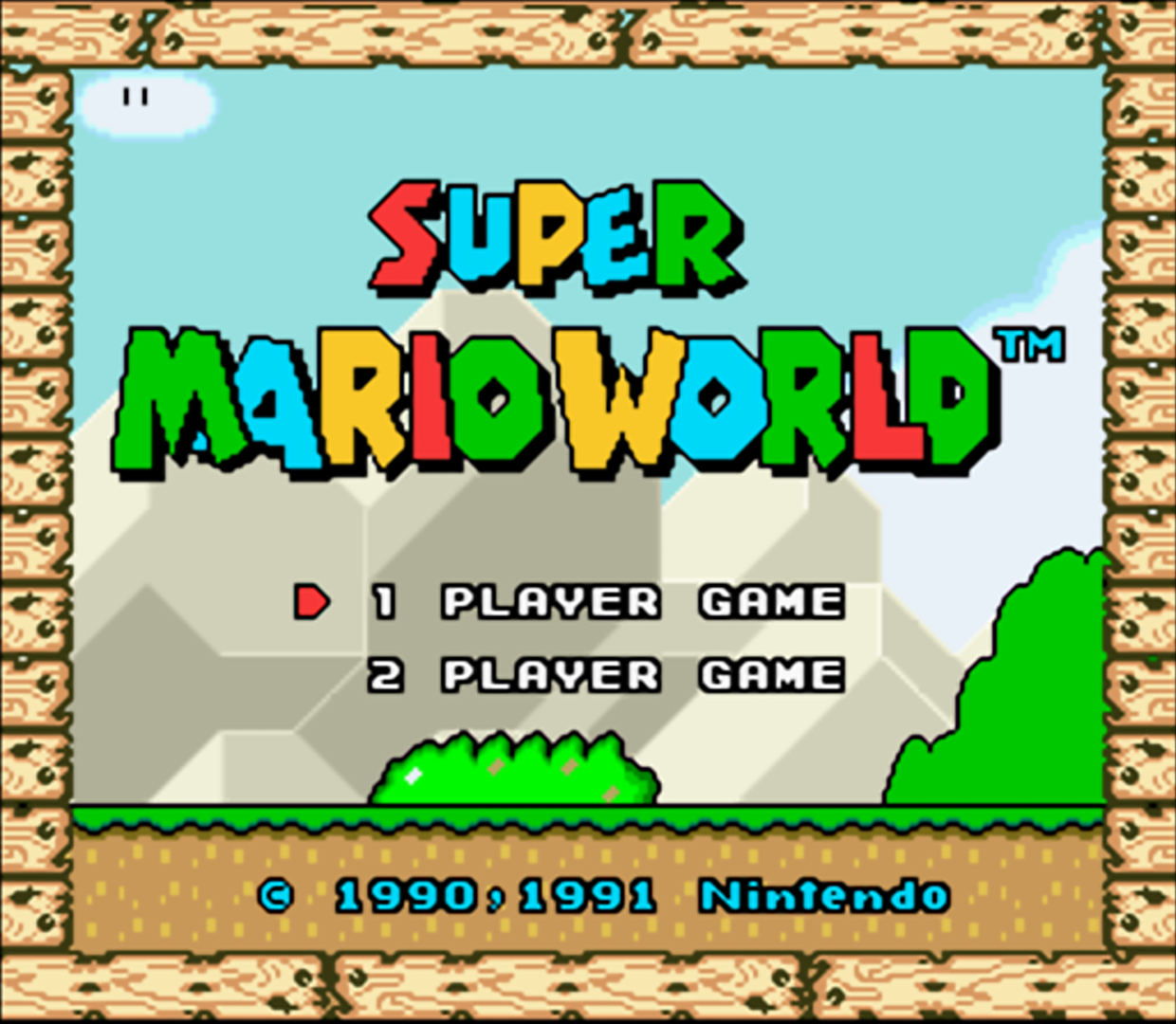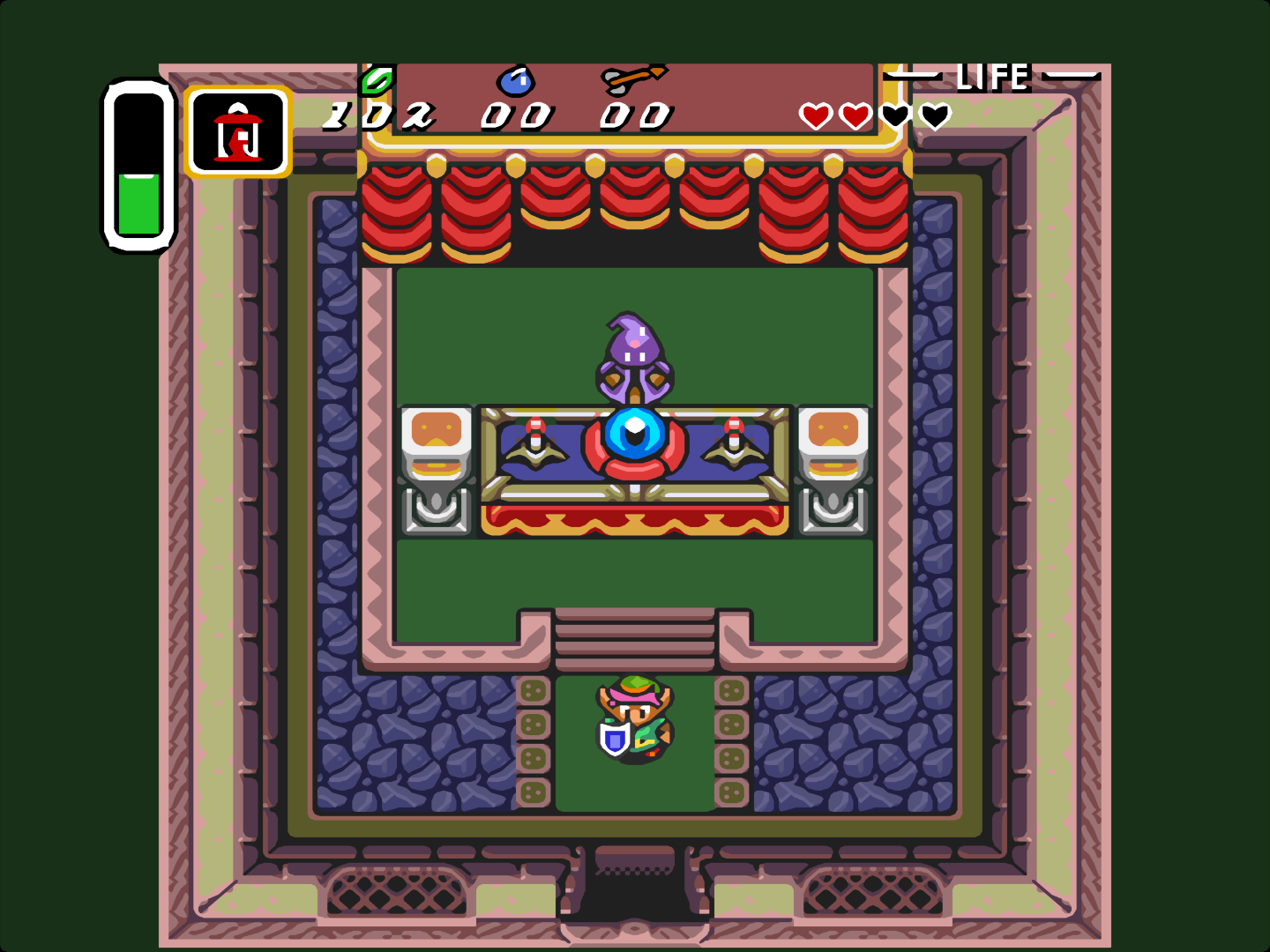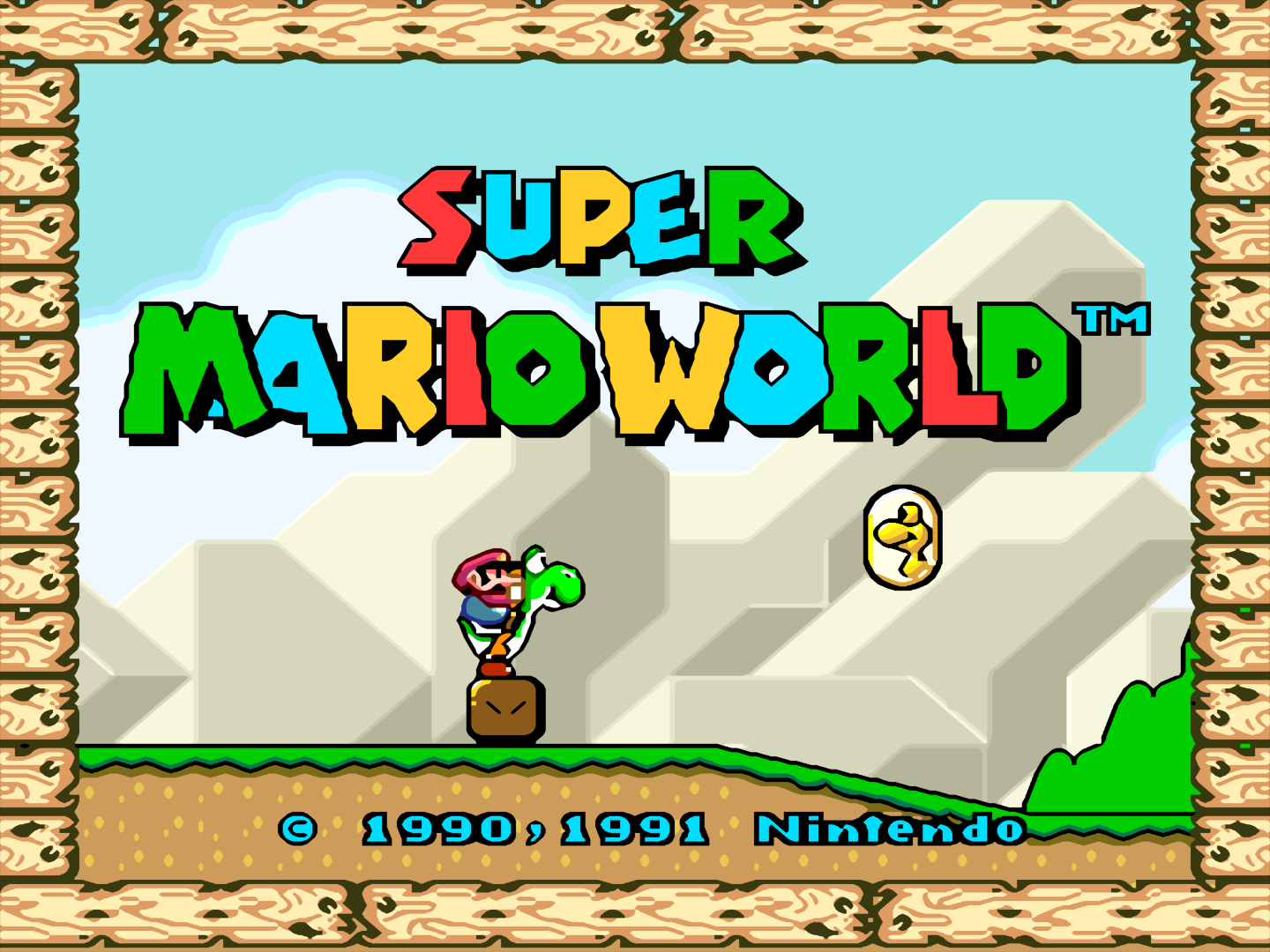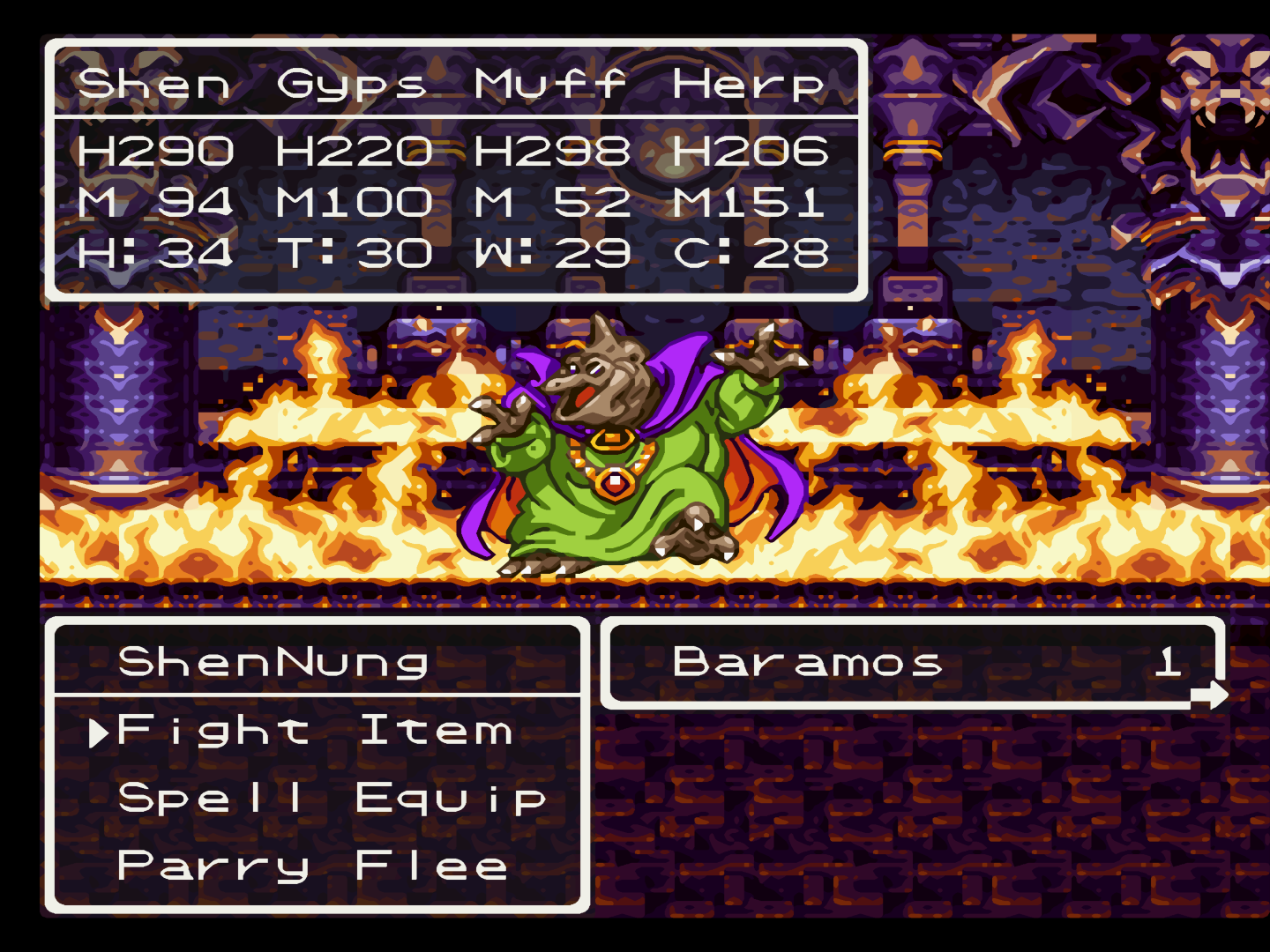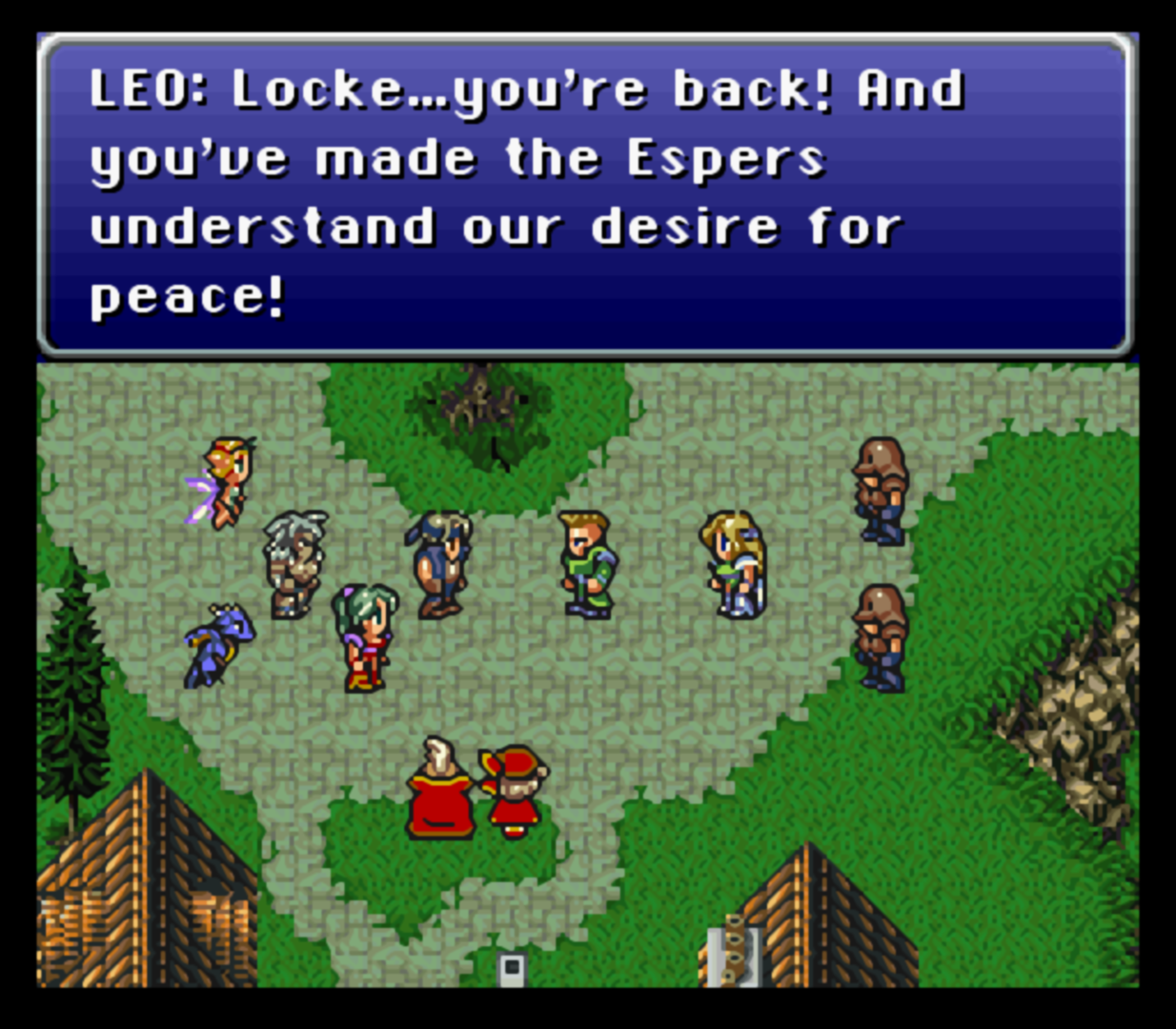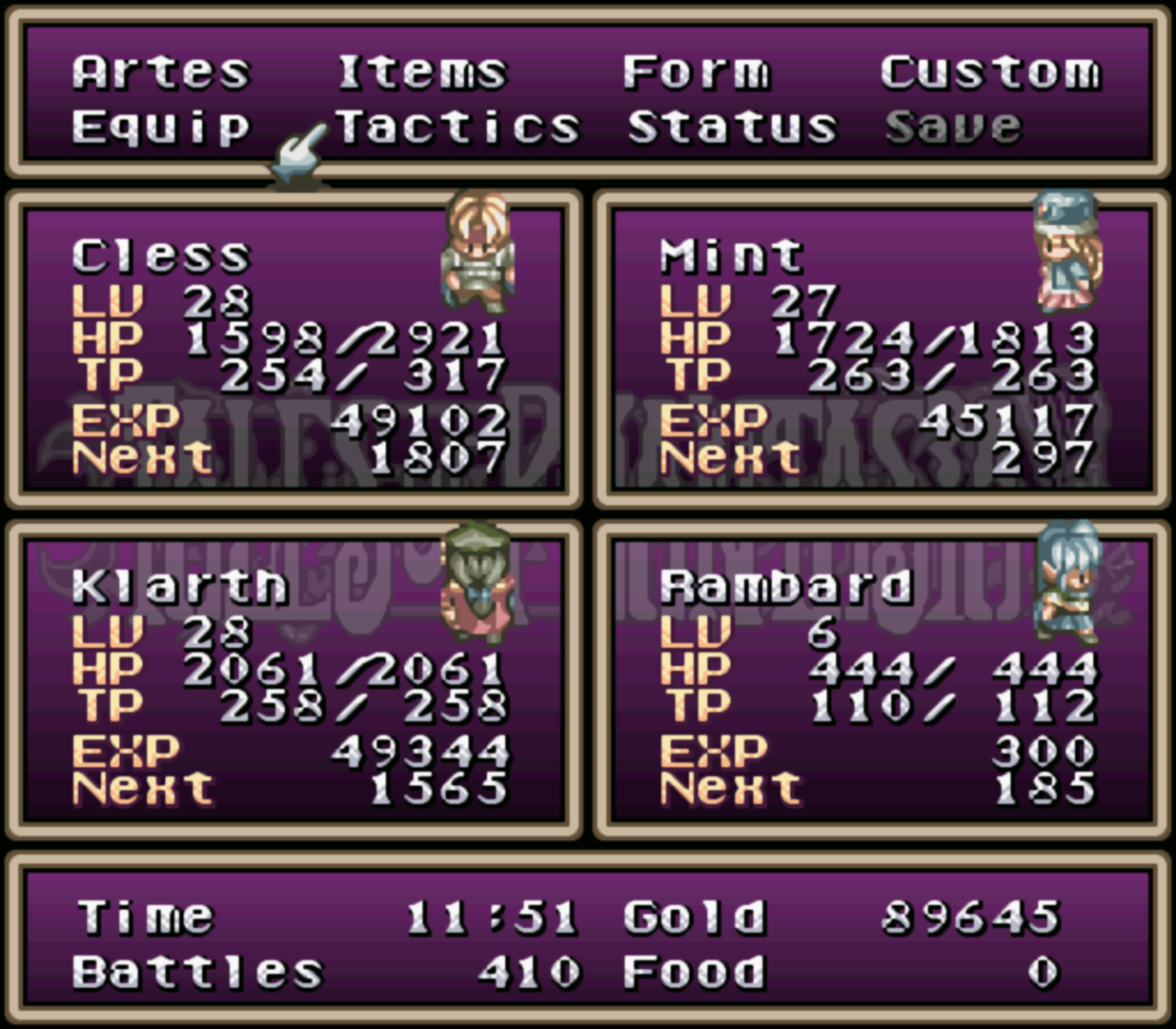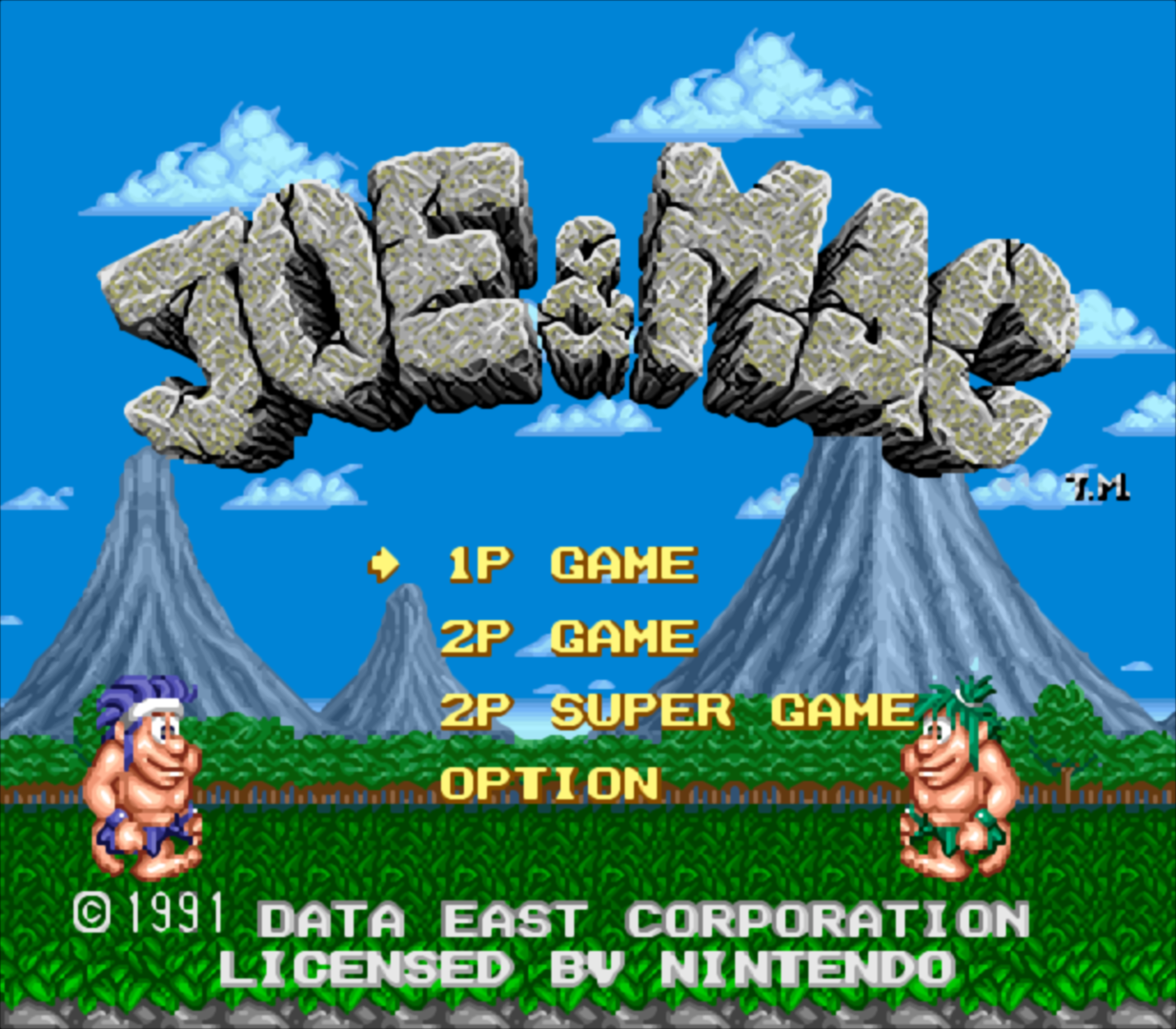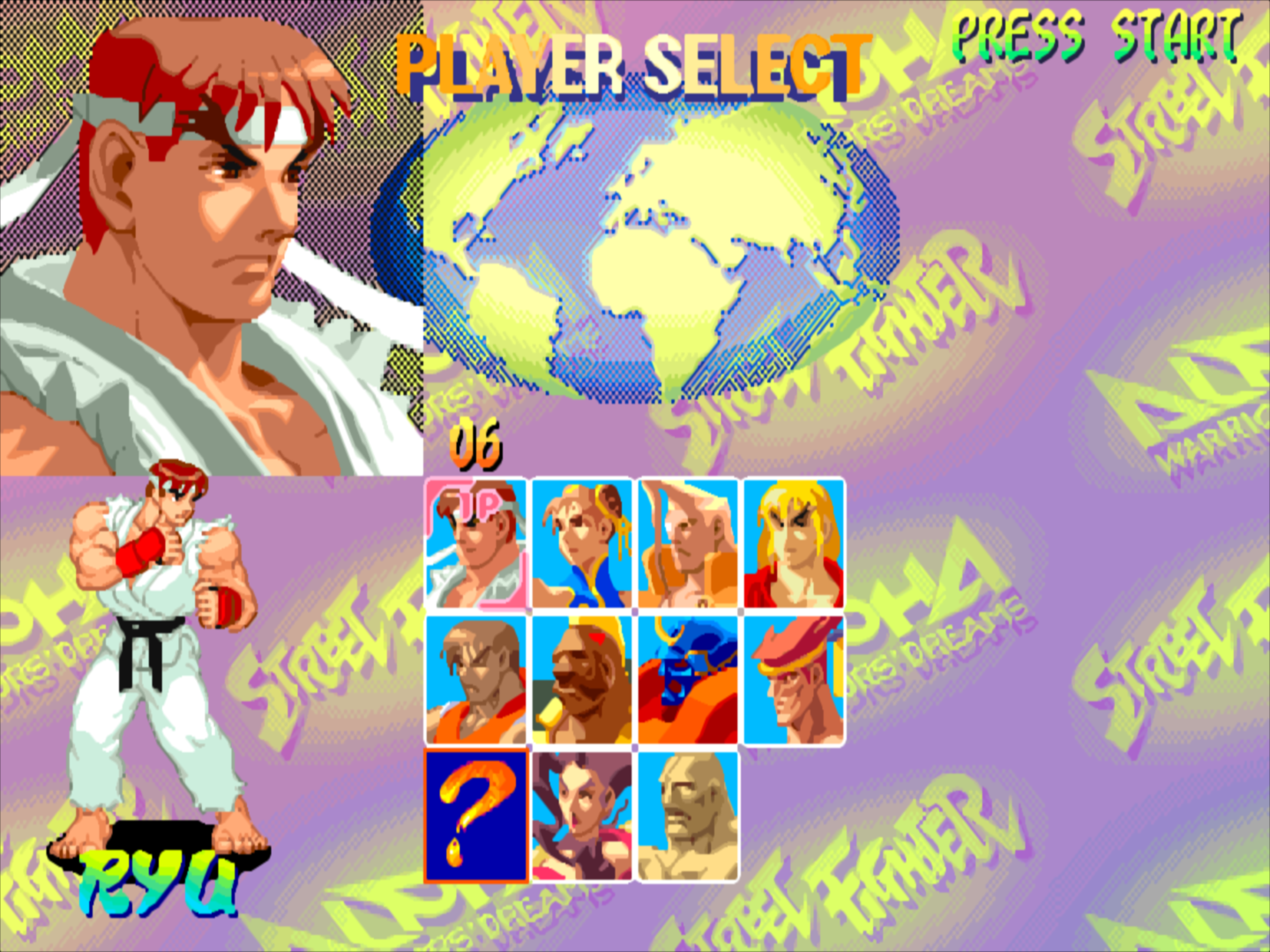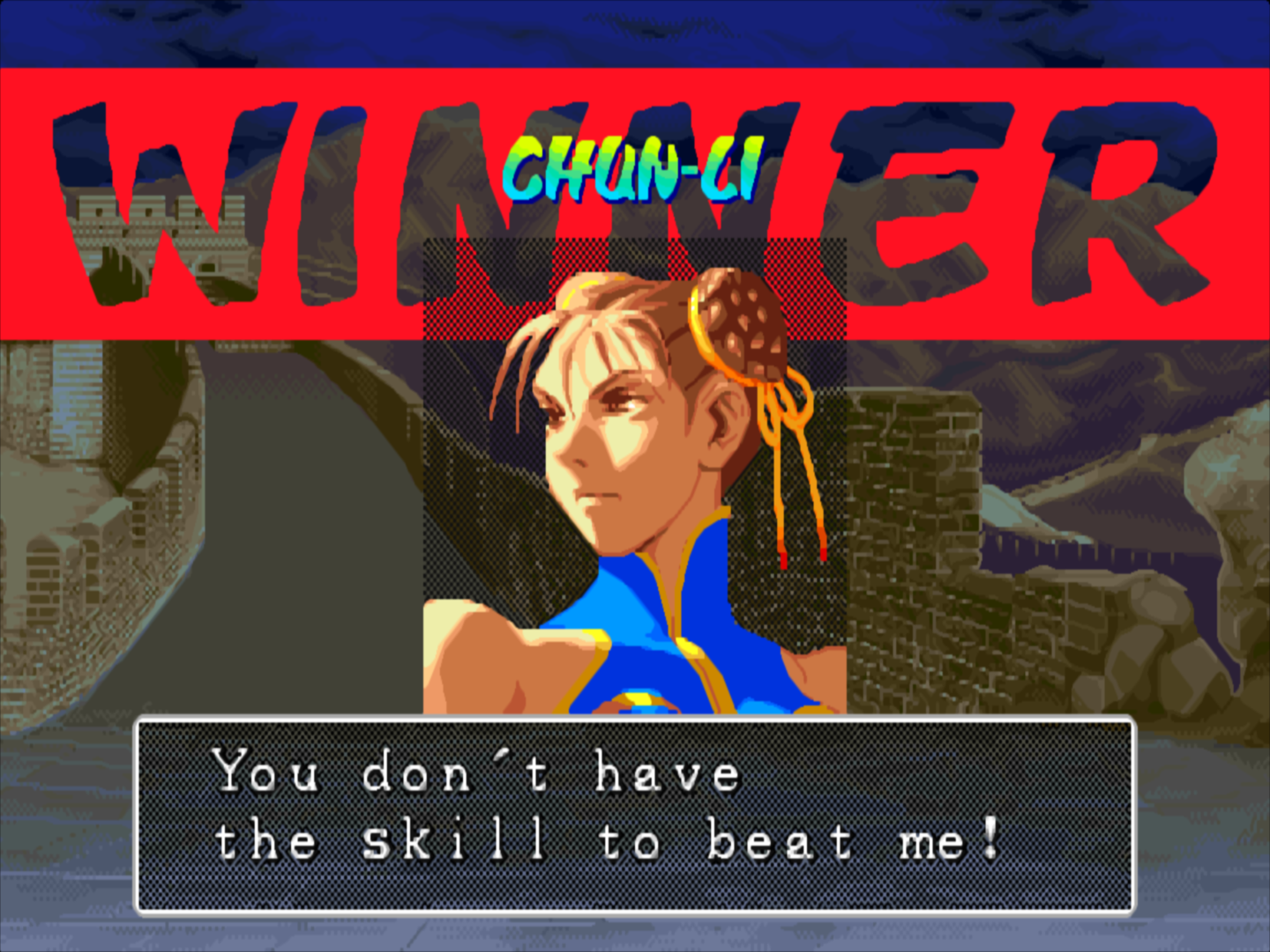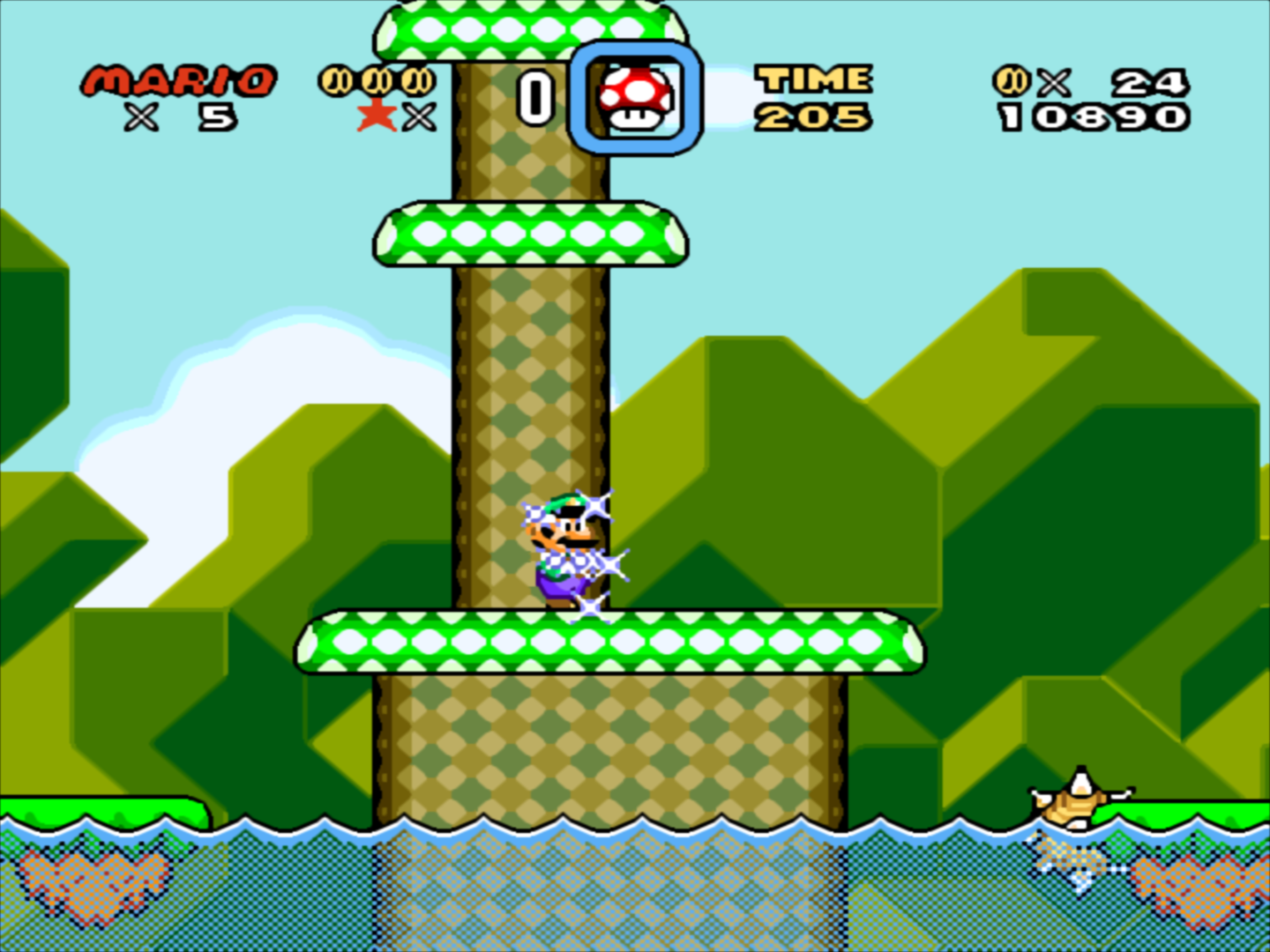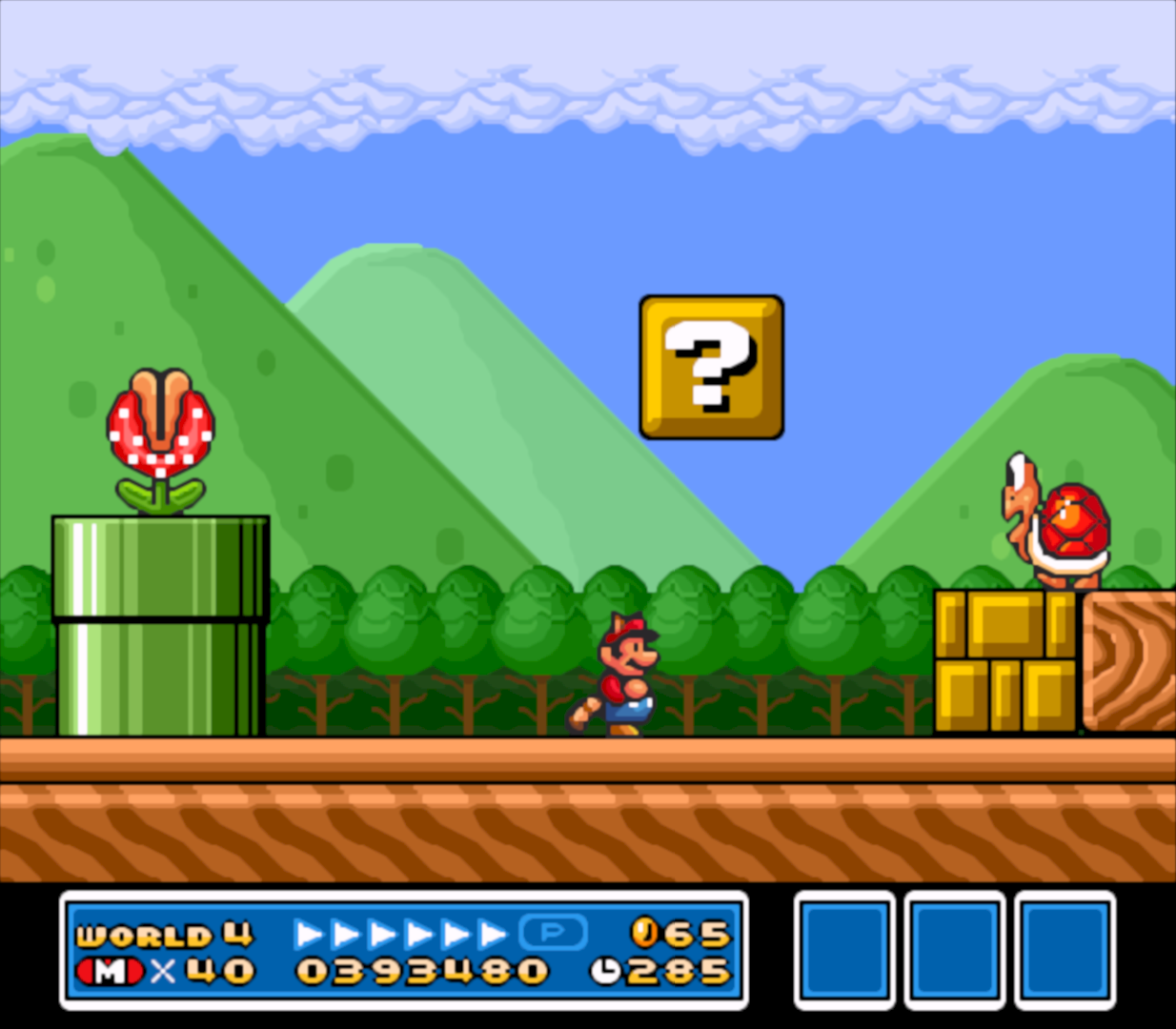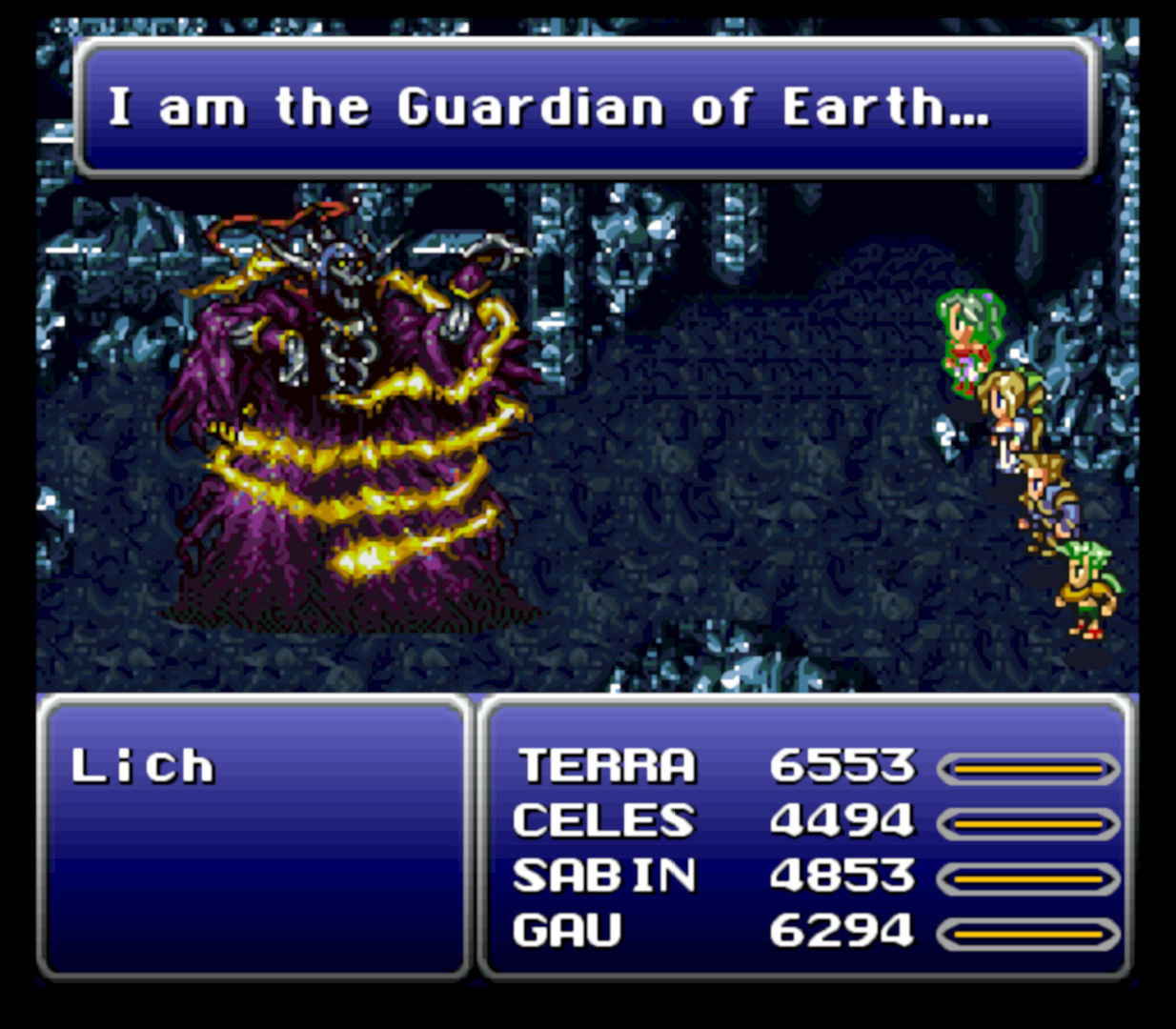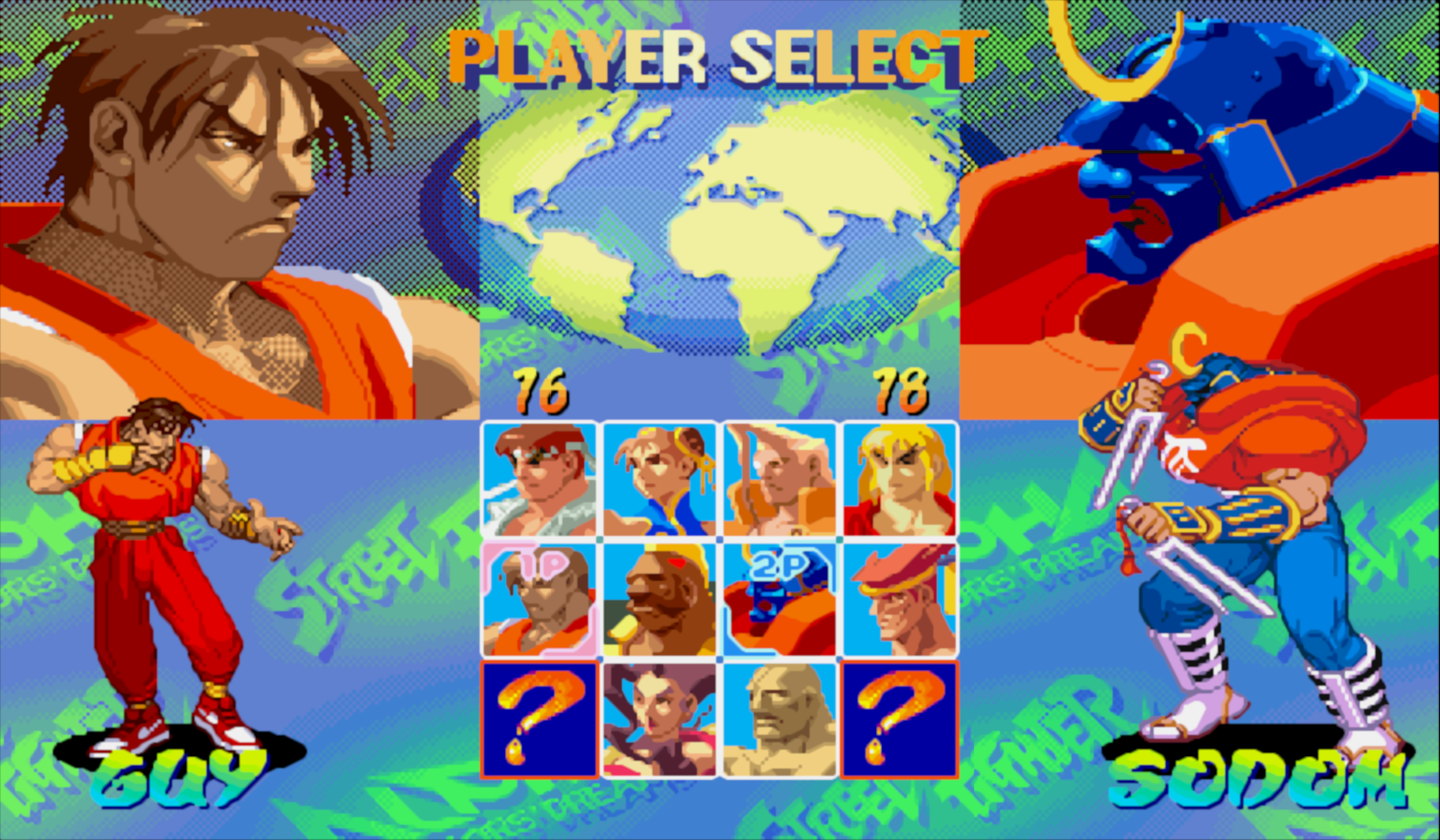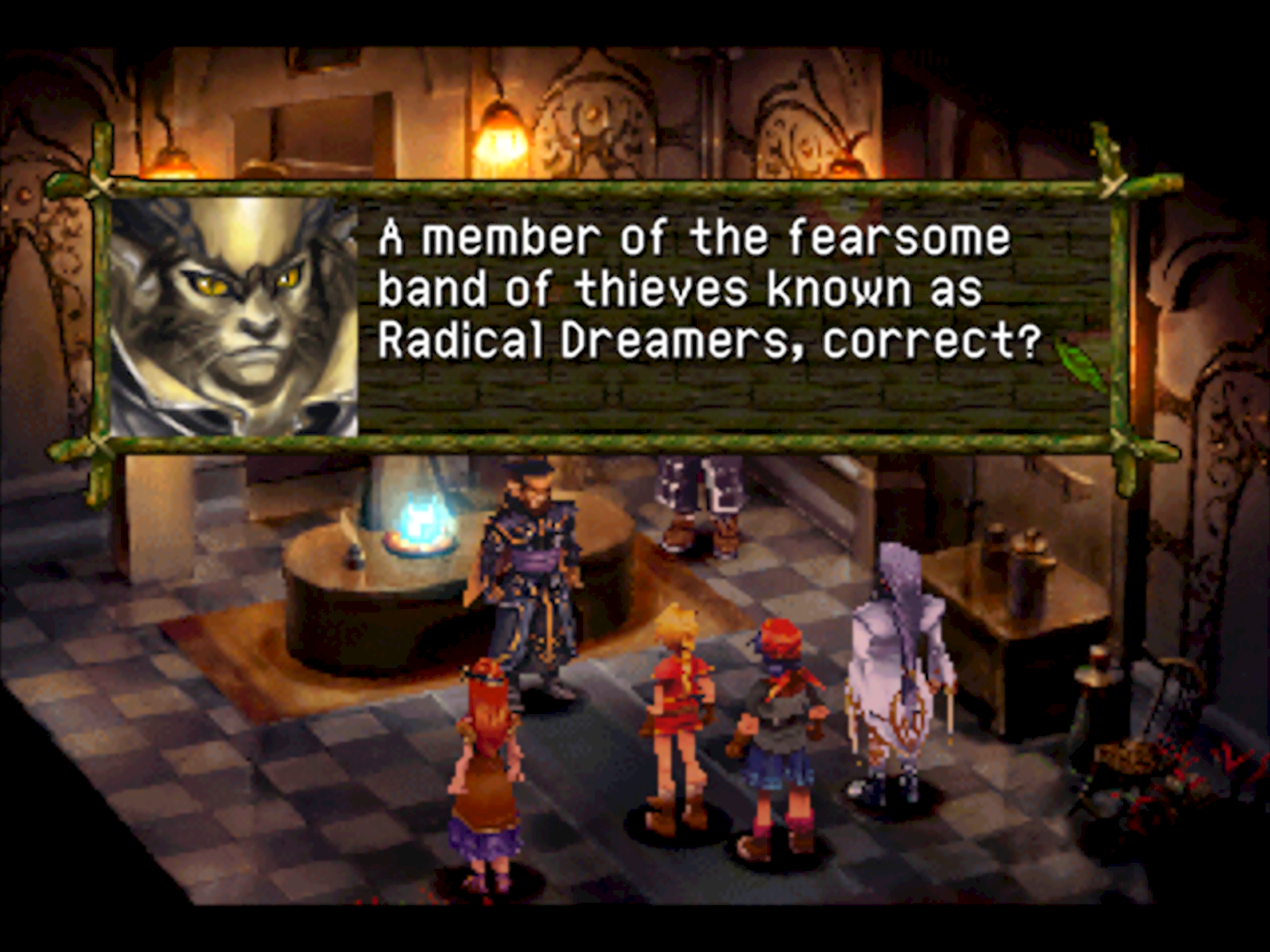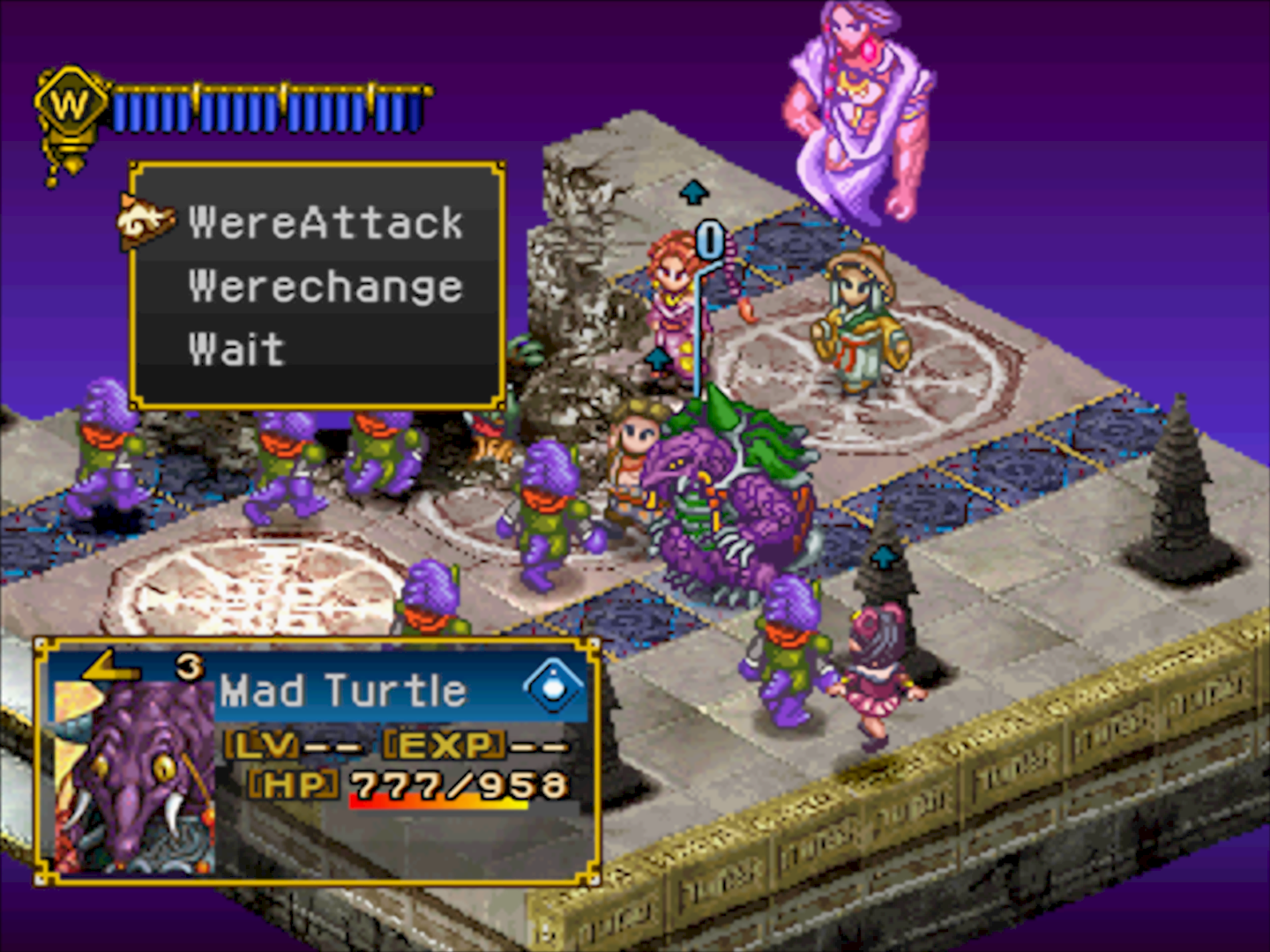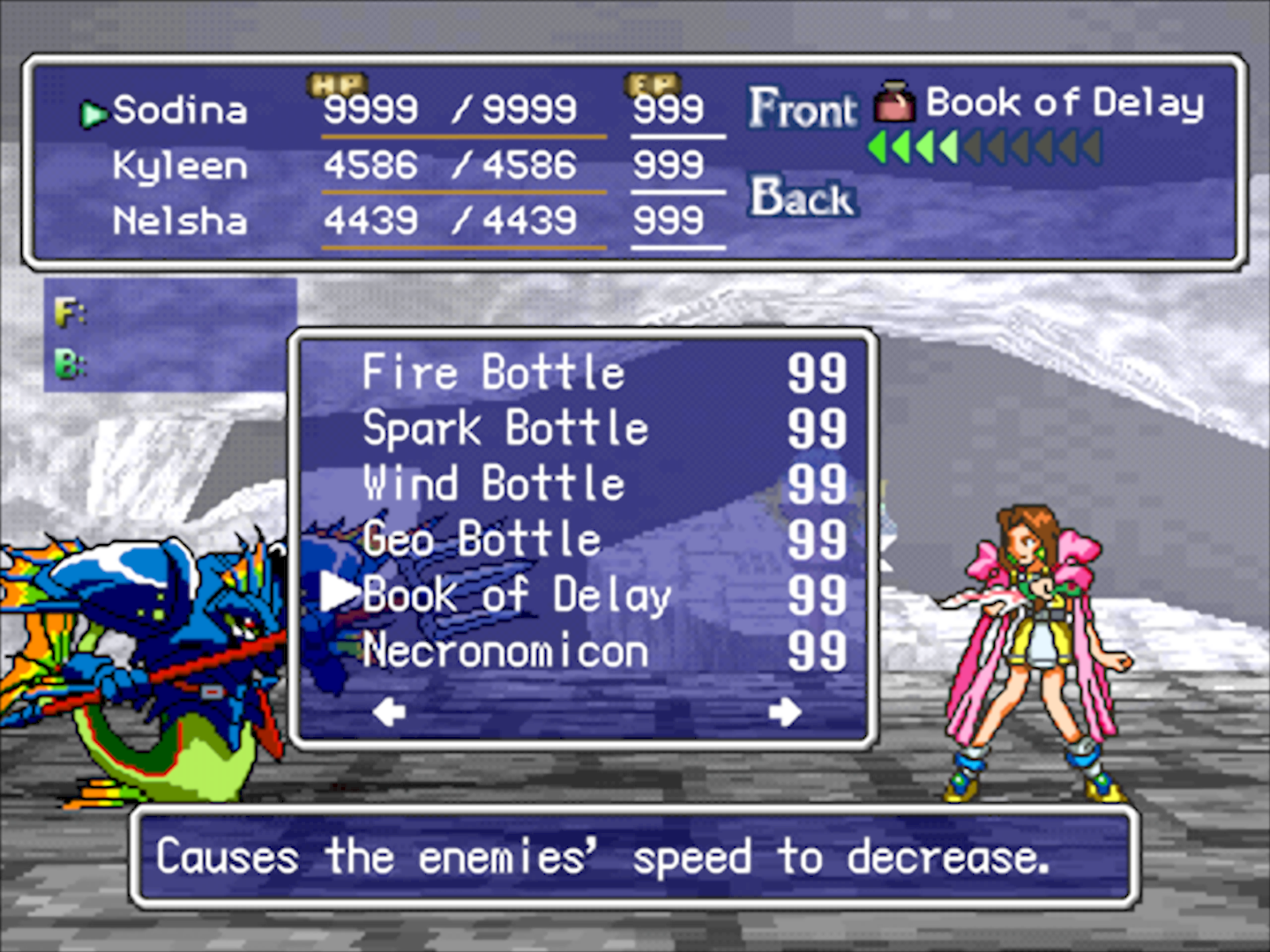An old thread, but I need to update something here.
I’ve updated the Super-xBR shaders on the libretro repo (just use update online to get them).
The new version is much sharper than before.
Here’s a comparison slider:
old sxbr vs new - slider comparison
And here are the screenshots:
(BTW, the special screenshots use a special preset I made for this game)
01 - New, 02 - Old, 03 - Special:



02 - New, 02 - Old, 03 - Special:



03 - New, 02 - Old, 03 - Special:



04 - New, 02 - Old, 03 - Special:



05 - New, 02 - Old, 03 - Special:



Special preset
shaders = "9"
feedback_pass = "0"
shader0 = "shaders_slang/sharpen/shaders/cheap-sharpen.slang"
filter_linear0 = "false"
wrap_mode0 = "clamp_to_border"
mipmap_input0 = "false"
alias0 = ""
float_framebuffer0 = "false"
srgb_framebuffer0 = "false"
scale_type_x0 = "source"
scale_x0 = "1.000000"
scale_type_y0 = "source"
scale_y0 = "1.000000"
shader1 = "shaders_slang/denoisers/shaders/bilateral-horizontal.slang"
filter_linear1 = "false"
wrap_mode1 = "clamp_to_border"
mipmap_input1 = "false"
alias1 = ""
float_framebuffer1 = "false"
srgb_framebuffer1 = "false"
scale_type_x1 = "source"
scale_x1 = "1.000000"
scale_type_y1 = "source"
scale_y1 = "1.000000"
shader2 = "shaders_slang/denoisers/shaders/bilateral-vertical.slang"
filter_linear2 = "false"
wrap_mode2 = "clamp_to_border"
mipmap_input2 = "false"
alias2 = ""
float_framebuffer2 = "false"
srgb_framebuffer2 = "false"
scale_type_x2 = "source"
scale_x2 = "1.000000"
scale_type_y2 = "source"
scale_y2 = "1.000000"
shader3 = "shaders_slang/edge-smoothing/xbr/shaders/support/luma.slang"
filter_linear3 = "false"
wrap_mode3 = "clamp_to_border"
mipmap_input3 = "false"
alias3 = "XbrSource"
float_framebuffer3 = "false"
srgb_framebuffer3 = "true"
scale_type_x3 = "source"
scale_x3 = "1.000000"
scale_type_y3 = "source"
scale_y3 = "1.000000"
shader4 = "shaders_slang/edge-smoothing/xbr/shaders/super-xbr/super-xbr-pass0.slang"
filter_linear4 = "false"
wrap_mode4 = "clamp_to_edge"
mipmap_input4 = "false"
alias4 = ""
float_framebuffer4 = "false"
srgb_framebuffer4 = "true"
scale_type_x4 = "source"
scale_x4 = "1.000000"
scale_type_y4 = "source"
scale_y4 = "1.000000"
shader5 = "shaders_slang/edge-smoothing/xbr/shaders/super-xbr/super-xbr-pass1.slang"
filter_linear5 = "false"
wrap_mode5 = "clamp_to_edge"
mipmap_input5 = "false"
alias5 = ""
float_framebuffer5 = "false"
srgb_framebuffer5 = "true"
scale_type_x5 = "source"
scale_x5 = "2.000000"
scale_type_y5 = "source"
scale_y5 = "2.000000"
shader6 = "shaders_slang/edge-smoothing/xbr/shaders/super-xbr/super-xbr-pass2.slang"
filter_linear6 = "false"
wrap_mode6 = "clamp_to_edge"
mipmap_input6 = "false"
alias6 = ""
float_framebuffer6 = "false"
srgb_framebuffer6 = "true"
scale_type_x6 = "source"
scale_x6 = "1.000000"
scale_type_y6 = "source"
scale_y6 = "1.000000"
shader7 = "shaders_slang/edge-smoothing/xbr/shaders/super-xbr/custom-jinc2-sharper.slang"
filter_linear7 = "false"
wrap_mode7 = "clamp_to_edge"
mipmap_input7 = "false"
alias7 = ""
float_framebuffer7 = "false"
srgb_framebuffer7 = "true"
scale_type_x7 = "viewport"
scale_x7 = "1.000000"
scale_type_y7 = "viewport"
scale_y7 = "1.000000"
shader8 = "shaders_slang/edge-smoothing/xbr/shaders/support/deblur-fast.slang"
filter_linear8 = "false"
wrap_mode8 = "clamp_to_border"
mipmap_input8 = "false"
alias8 = ""
float_framebuffer8 = "false"
srgb_framebuffer8 = "false"
scale_type_x8 = "viewport"
scale_x8 = "1.000000"
scale_type_y8 = "viewport"
scale_y8 = "1.000000"
CS_SHARPNESS = "0.200000"
FRANGE = "2.000000"
FBSMOOTH = "0.150000"
FSIGMA = "1.000000"
XBR_EDGE_STR_P0 = "3.000000"
XBR_EDGE_STR_P1 = "3.000000"
SMART_F = "0.500000"
DEBLUR_F = "7.000000"

